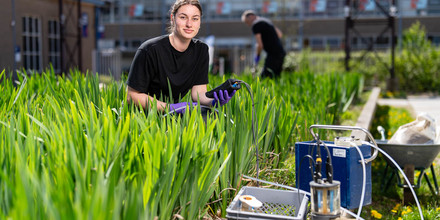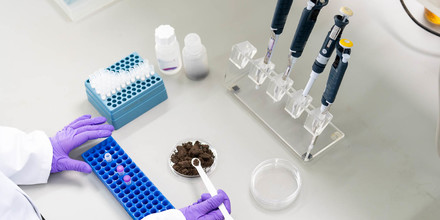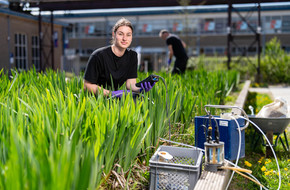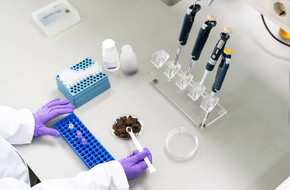Energy from waste streams: the growth of biofermentation
In the renewable energy sector, bio-digestion is an increasingly popular topic.Research by the European Biogas Association predicts that, in the coming decades, biogas production could account for 50% of the market. Once processed into biomethane, biogas can be used as a direct substitute for natural gas in existing gas networks. This offers significant potential to reduce our reliance on fossil fuels and CO₂ emissions, as well as increasing our energy independence.
There is much potential when it comes to residual streams that can be used as ‘food’ for biodigesters. Think of flows from agriculture and food production such as animal manure, crop residues from arable farming, green waste from greenhouse horticulture, process water from the food industry, organic waste from households or natural and roadside grass. Biogas can also be obtained from flows originating from the waste chain, such as sludge from sewage treatment and the organic fraction recovered from household waste.
















